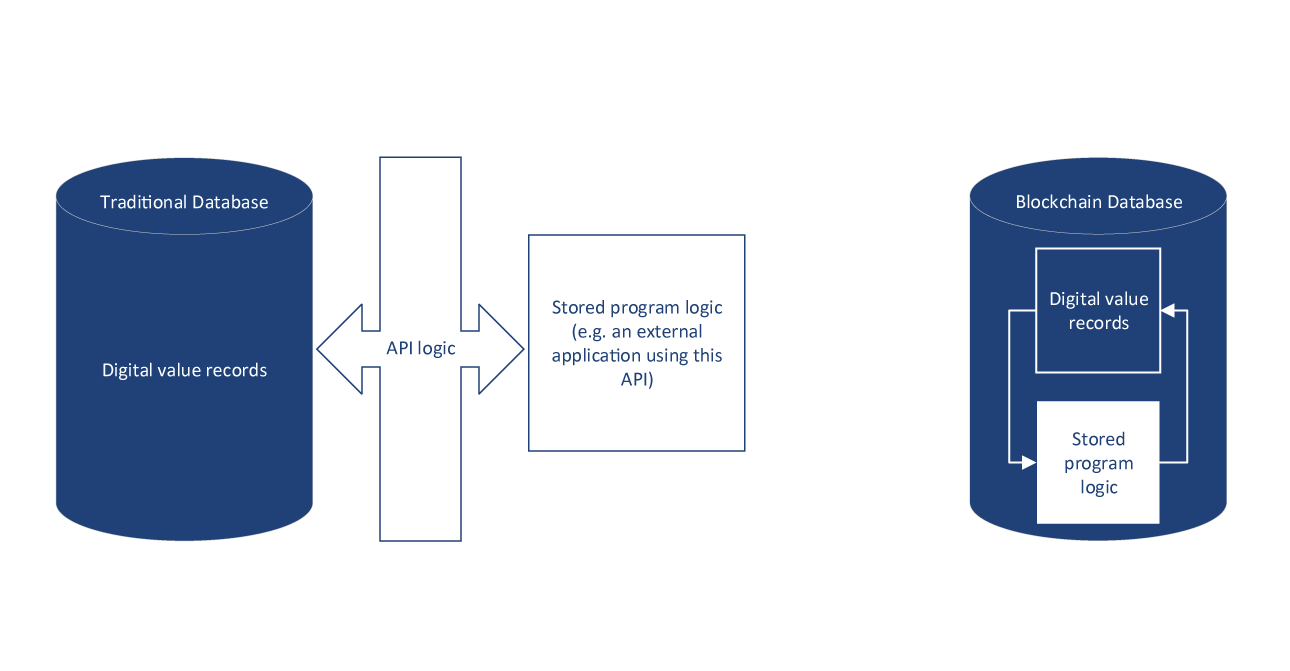
Unveiling the Future: The Dynamics of Programmable Money
In the rapidly evolving landscape of finance, a revolutionary concept is gaining prominence—programmable money. This innovative approach is reshaping traditional notions of currency and transactions, introducing a new era where money is not just a static medium of exchange but a dynamic tool with programmable capabilities.
The Essence of Programmable Money
Programmable money goes beyond the basic functions of traditional currency. It allows for the embedding of smart contracts and programmable features directly into the money itself. This means that money can now carry instructions, conditions, and even self-executing contracts, transforming it into a versatile instrument that can adapt and respond to specific conditions.
Smart Contracts: The Building Blocks
At the heart of programmable money are smart contracts. These are self-executing contracts with the terms of the agreement directly written into code. Through smart contracts, programmable money can automate and enforce contractual agreements without the need for intermediaries. This not only streamlines processes but also reduces the risk of errors and fraud.
Decentralized Finance (DeFi) and Programmable Money
Programmable money is a key enabler of the decentralized finance (DeFi) movement. DeFi aims to recreate traditional financial systems using blockchain technology, and programmable money plays a pivotal role in this transformation. It allows for the creation of decentralized applications (DApps) that offer financial services without the need for traditional intermediaries.
Programmable Money in Everyday Transactions
Imagine programmable money in everyday transactions. Instead of a simple exchange of value, you could have money that automatically adjusts its behavior based on predefined conditions. For instance, programmable money could be set to automatically allocate funds to different savings or investment accounts based on specific financial goals.
The Role of Blockchain Technology
Blockchain technology is the backbone of programmable money. The decentralized and secure nature of blockchain enables the implementation of programmable features without the need for a central authority. The transparency and immutability of blockchain ensure that transactions and smart contracts executed with programmable money are tamper-proof and verifiable.
Enhancing Financial Inclusion
Programmable money has the potential to enhance financial inclusion by providing access to financial services for individuals who are traditionally underserved. Through decentralized and programmable systems, people around the world can access a range of financial tools and services without the need for a traditional banking infrastructure.
Challenges and Considerations
While the concept of programmable money opens up exciting possibilities, it is not without challenges. Security, regulatory considerations, and the need for widespread adoption are factors that require careful attention. Overcoming these challenges will be crucial for the successful integration of programmable money into mainstream financial systems.
The Future Landscape with Programmable Money
To explore the evolving landscape of programmable money and its transformative potential, visit RockawayUpperCrust.com. The platform offers valuable insights and resources for those interested in understanding the intersection of technology and finance, especially in the realm of programmable money.
Shaping Tomorrow’s Financial World
Programmable money is not just a technological novelty; it’s a force that is shaping the future of finance. As we move towards a more interconnected and digital financial world, the concept of money that can adapt, execute contracts, and automate processes heralds a new era where financial transactions are not just transactions—they are programmable actions that align with the dynamic needs of the modern economy.













